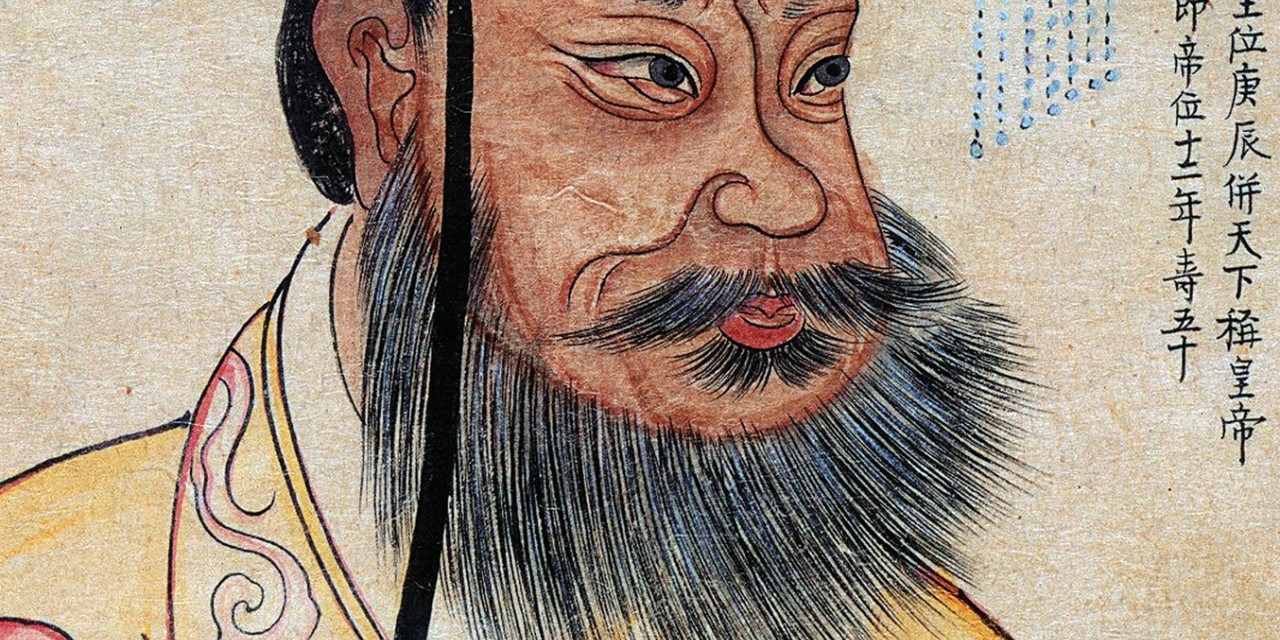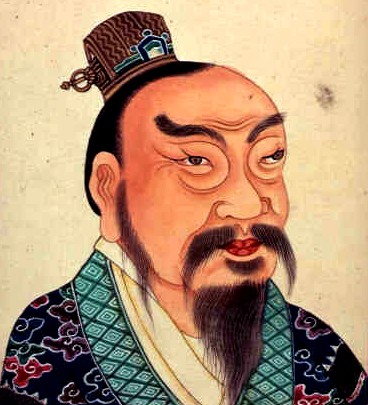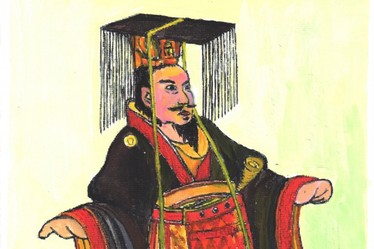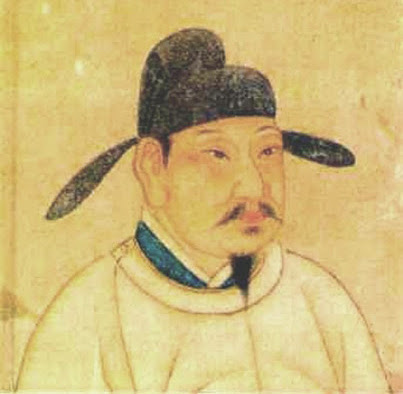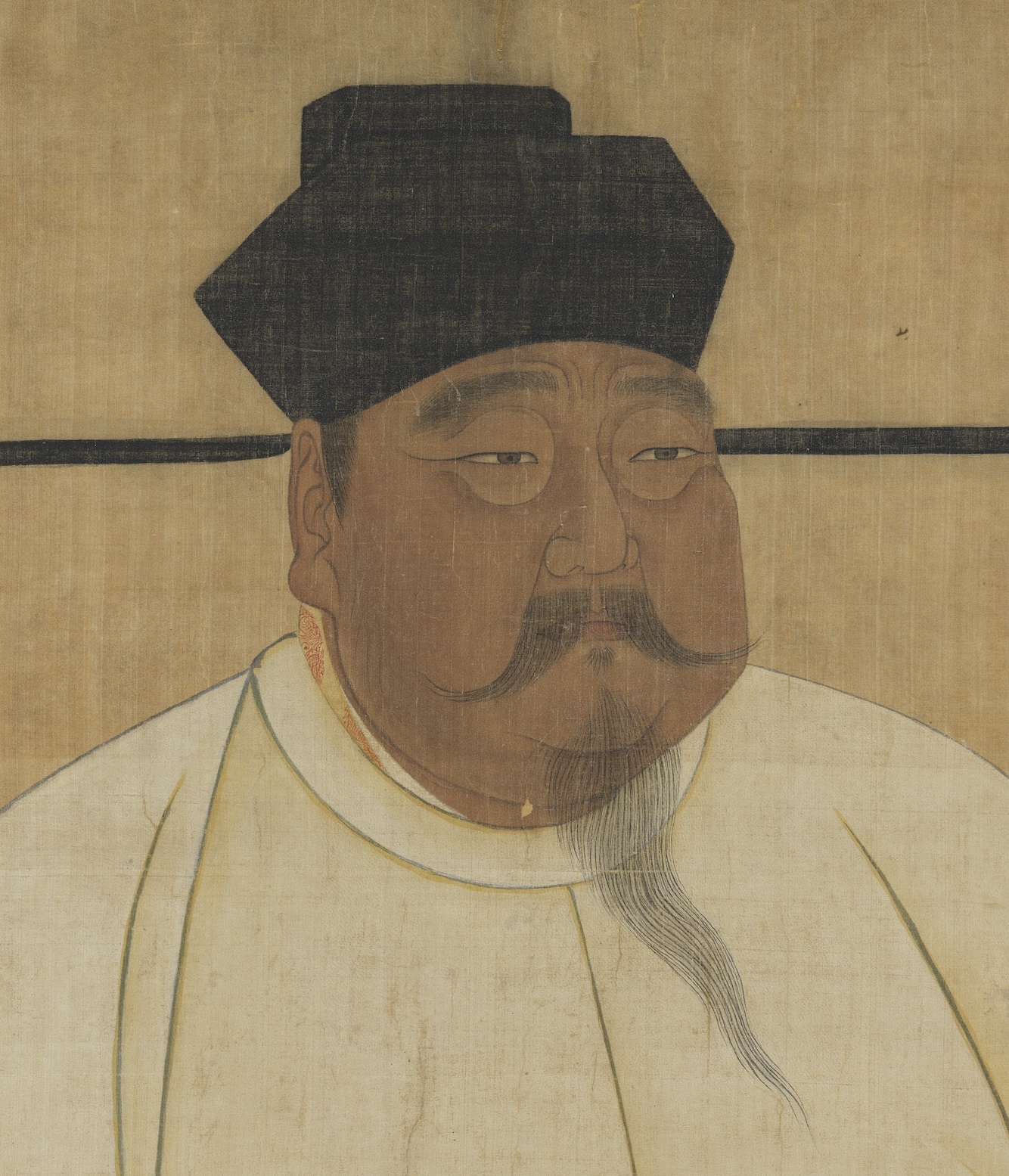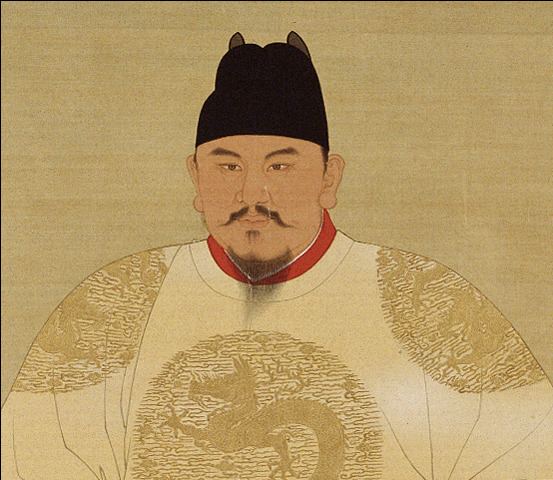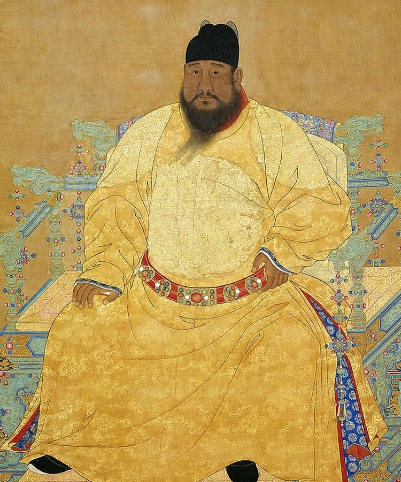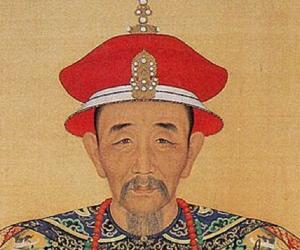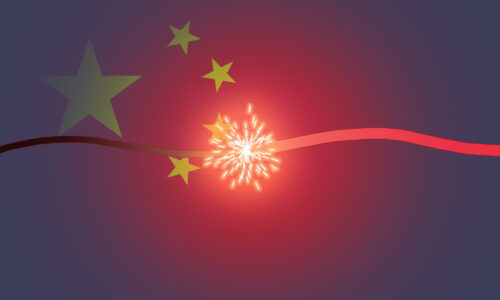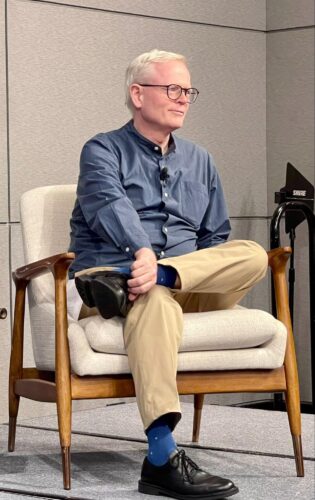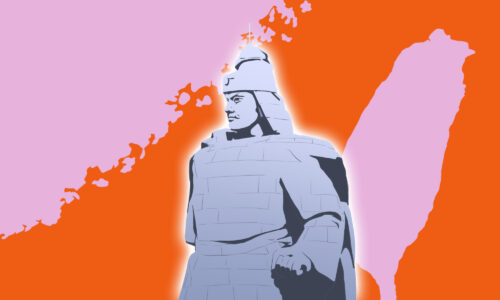12 awesome Chinese emperors who changed history
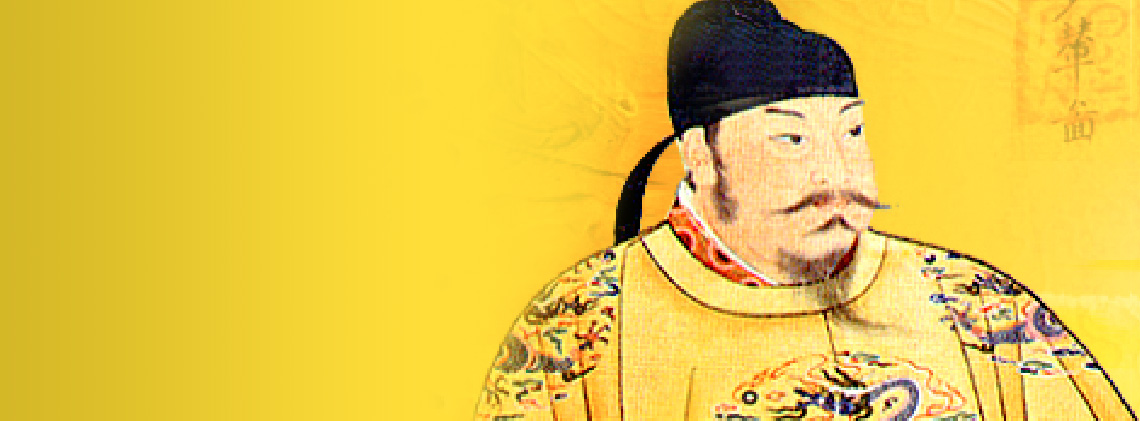
This week’s column comes from one of Kaiser’s answers originally posted on Quora on June 27, 2015:
Who are some of China’s most important and influential emperors?
Qín Shǐ Huáng 秦始皇
Zhào Zhèng 趙政, more commonly Yíng Zhèng 嬴政
The founding emperor of the Qin Dynasty who reunified China after centuries of division in the Spring & Autumn and Warring States period in 221 BC. He is credited with having linked the “long walls” of the various Warring States into the first iteration of the Great Wall; of standardizing weights and measures and the lengths of cart and chariot axles; and of unifying the Chinese written language. He is infamous for “burning the books and burying the scholars” in an effort to purge his court of Confucian influences.
Hàn Gāozǔ 漢高祖
Liú Bāng 劉邦
This emperor who rose from humble peasant origins and defeated the Hegemon of Chu, Xiang Yu, to found the Han Dynasty in 206 BC. The dynasty lasted until 9 AD, and nominally continued after 25 AD (the Eastern Han Dynasty) and endured, in name, until 220 AD. The dominant Chinese ethnicity still refers to itself as Han after the dynasty founded by Liu Bang.
Hàn Wǔdì 汉武帝
Liú Chè 刘彻
Liu Che is the fifth emperor of Han, noted for having established Confucianism as the state’s ideology and for waging successful wars against the nomadic Xiongnu to the north and expanding the Han Dynasty’s territory westward all the way to the Pamirs, eastward into Korea, and southward to Vietnam. He had an extremely long reign of 54 years.
Suí Wéndì 隋文帝
Yáng Jiān 杨坚
Founder of the Sui Dynasty that reunified China after the long Era of Division (the Six Dynasties and Sixteen Kingdoms) period, and built the Grand Canal. His reign was followed by that of his son, Yangdi (Yáng Guǎng 杨广), but the dynasty ended after that. Sui parallels Qin in that it was a highly autocratic unifying dynasty that lasted a very short time but ushered in a long period of relative stability.
Táng Tàizōng 唐太宗
Lǐ Shìmín 李世民
Often regarded as China’s greatest emperor; technically the second emperor of Tang but really the power behind the throne even during his father’s reign. He inaugurated a long period of cosmopolitan splendor and military dominance. He subdued the Turkic tribes north of the Great Wall and extended the Tang frontiers far into Central Asia.
Empress Wu (武帝 Wǔ Dì)
Wǔ Zétiān 武则天
Wu who wasn’t just an empress (she was, beginning in 655, empress to the Tang emperor) but actually ruled as emperor (huangdi) in a kind of male persona from 690 to 705 AD, and was the only woman in Chinese history to have actually held the title emperor (of a dynasty she called Zhou). Though vilified by deeply sexist Confucian historians after her reign, in more recent times her contributions have been widely recognized — in particular, her expansion of the civil service examination system to allow commoners to sit for examinations, thus providing a ladder for social mobility that hadn’t previously existed.
Táng Xuánzōng 唐玄宗
Lǐ Lóngjī 李隆基
Ruled Tang during the apogee of its cultural and economic brilliance — but who also, in the waning years of his reign, saw the empire torn asunder in the An Lushan Rebellion, from which it never fully recovered.
Sòng Tàizǔ 宋太祖
Zhào Kuāngyìn 赵匡胤
Founder of the Song Dynasty, who reunified China after the chaos that followed the collapse of Tang — the Five Dynasties and 10 Kingdoms Period from 907–960 AD. He reined in the power of the military, forcing regionally-based generals to surrender power to the central authority of the Song court.
The Hongwu Emperor (洪武帝 Hóng Wǔdì)
Zhū Yuánzhāng 朱元璋
A former itinerant monk and rebel leader of a millenarian sect (the Red Turbans) who eventually took power when the Mongol Yuan Dynasty was overturned. He founded the Ming Dynasty, which ruled China from 1368 to 1644.
The Yongle Emperor (永乐帝 Yǒnglè Dì)
Zhū Dì 朱棣
Fourth son of Zhu Yuanzhang, who usurped the throne after his older brother, the heir apparent, predeceased their father and Zhu Di’s nephew became emperor. He moved the capital of Ming from Nanjing to his power base in modern Beijing, built the Forbidden City, built the modern Great Wall in the masonry form we’re now familiar with, and dispatched massive “treasure fleets” initially under his personal agent, the eunuch admiral Zhèng Hé 郑和, who sailed as far as the eastern coast of Africa and into the Persian Gulf.
The Kangxi Emperor (康熙帝 Kāngxī Dì)
Xuán Yè 玄烨
First of the three great Manchu emperors of the Qing Dynasty, and the longest-ruling emperor in Chinese history (occupying the throne for 60 years). Kangxi was a vigorous and conscientious ruler who completed the unification of China under the Manchus and laid the foundations for the success of his son, who reigned as the Yongzheng Emperor, and grandson…
The Qianlong Emperor (乾隆帝 Qiánlóng Dì)
Hóng Lì 弘曆
His reign would have exceeded that of his grandfather had he not abdicated out of a kind of filial piety. Under Qianlong, the Qing reached its greatest size, incorporating Xinjiang (Turkestan) into the Qing empire, and bringing Tibet and Mongolia under Manchu rule as well. A great patron of learning, he oversaw the compilation of the Four Treasuries (Siku Quanshu), which were an encyclopedic collection of approved works; but he also ordered the destruction of tens of thousands of unorthodox works that could be construed as critical of Qing rule.
Kuora is a weekly column.
